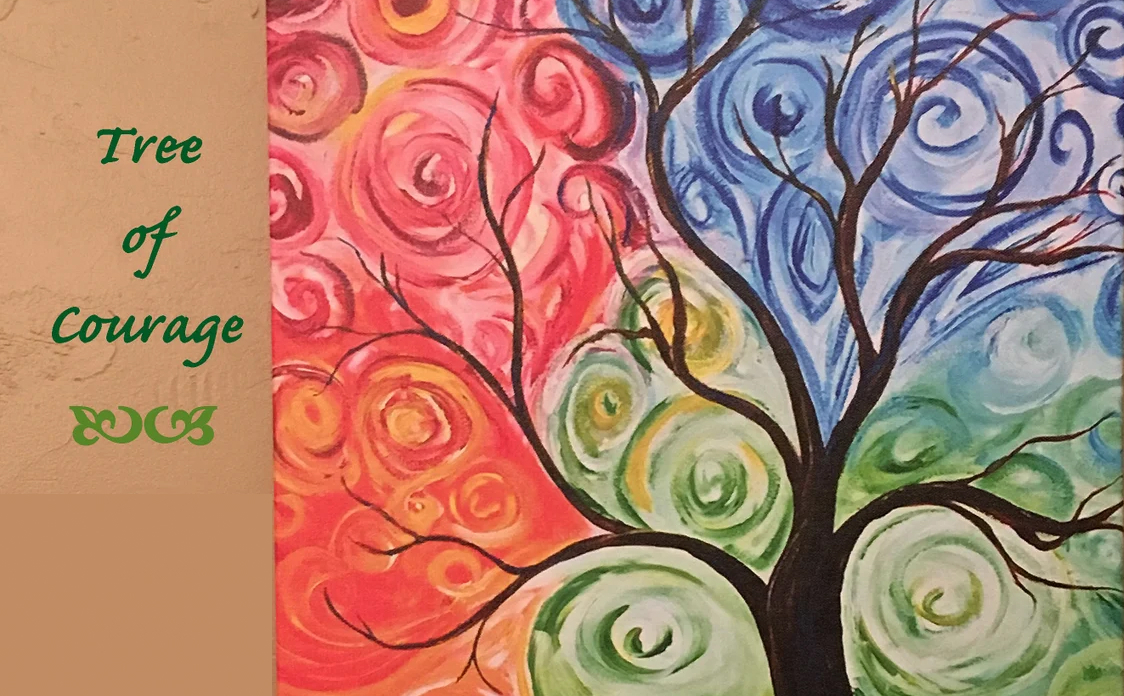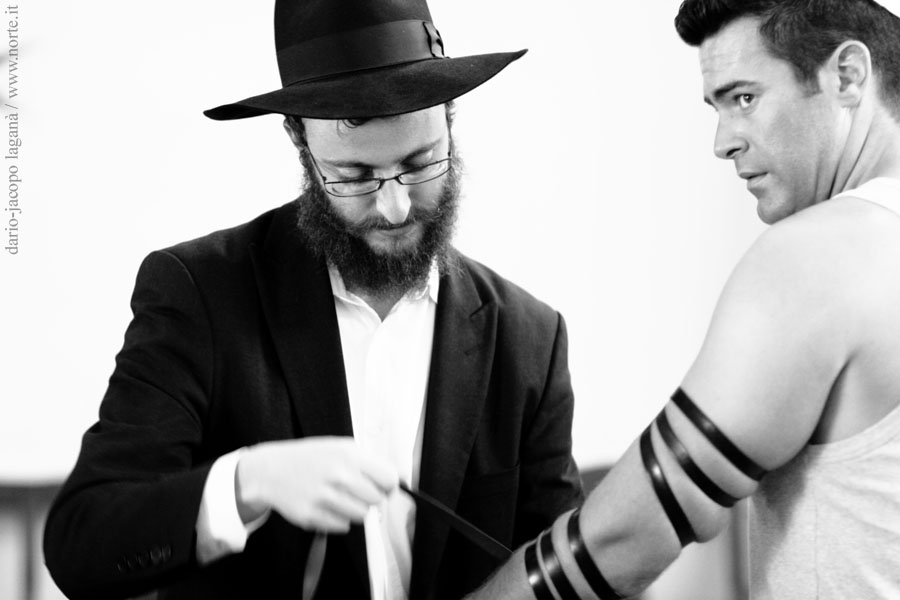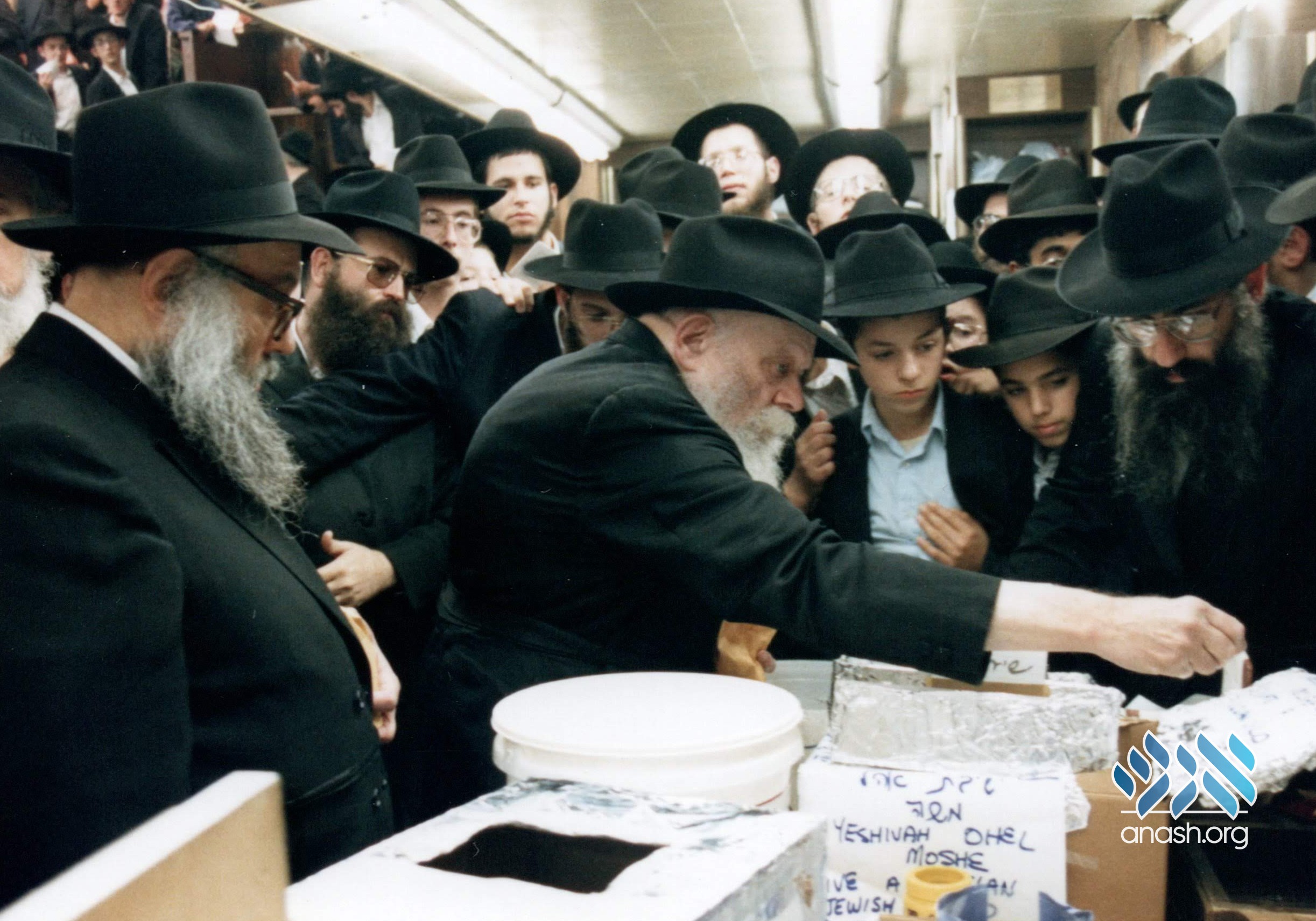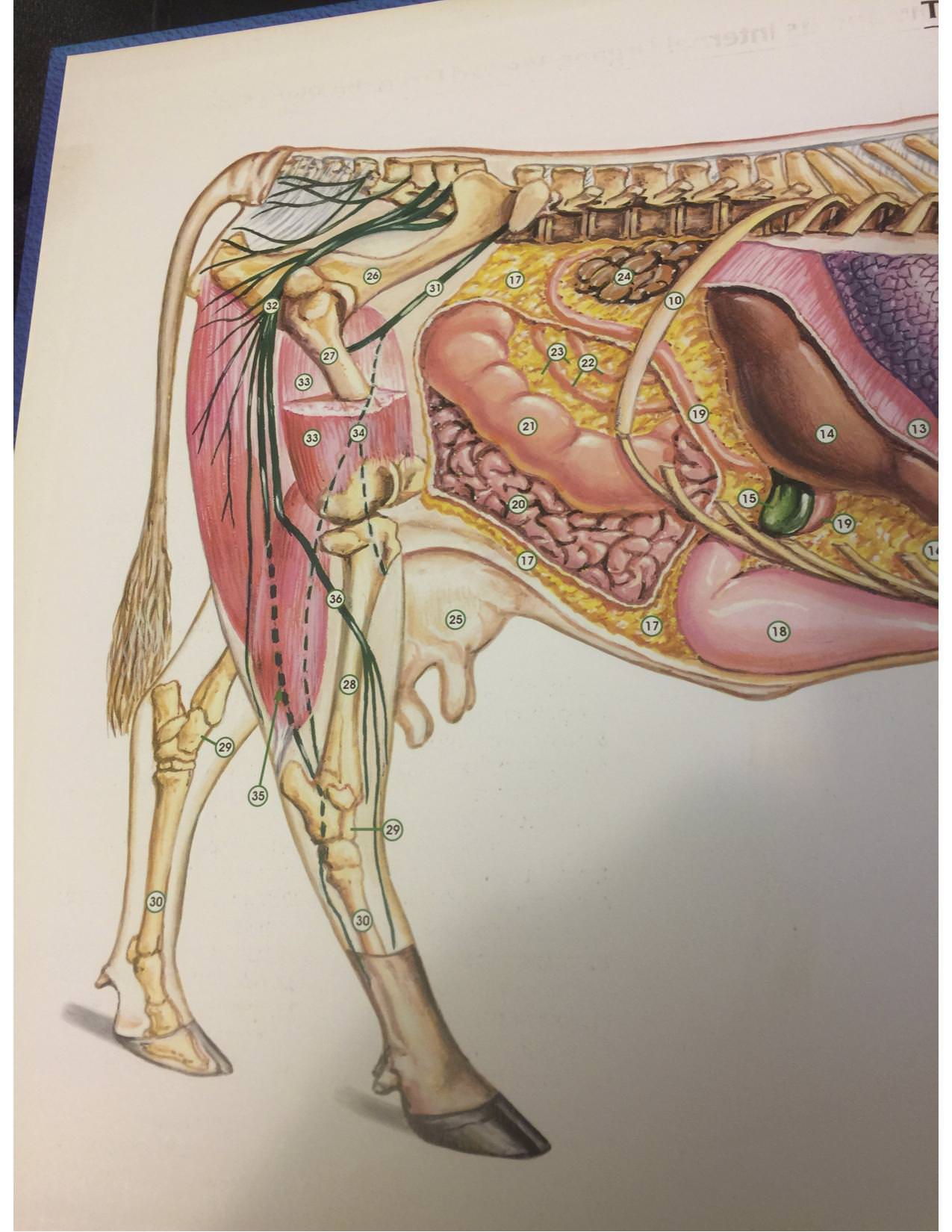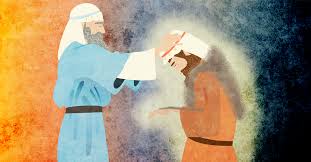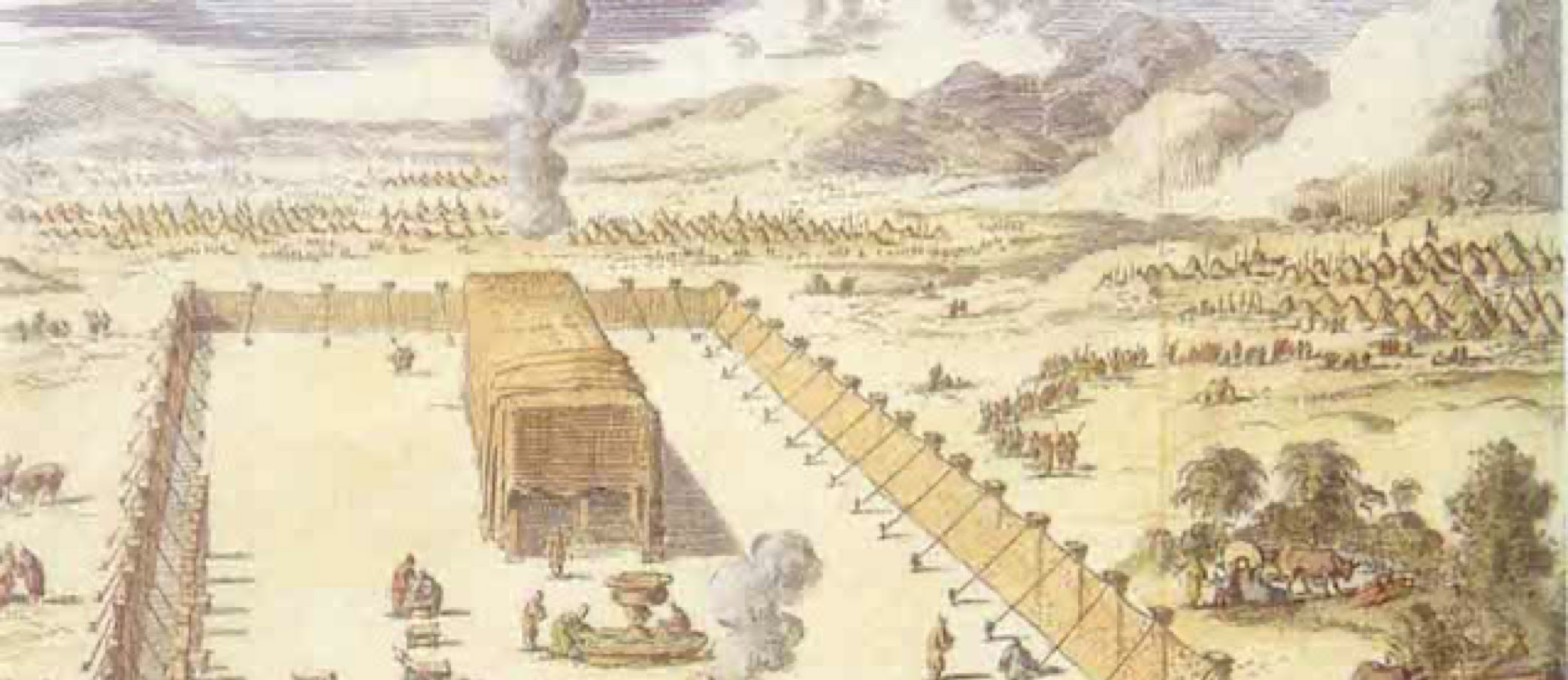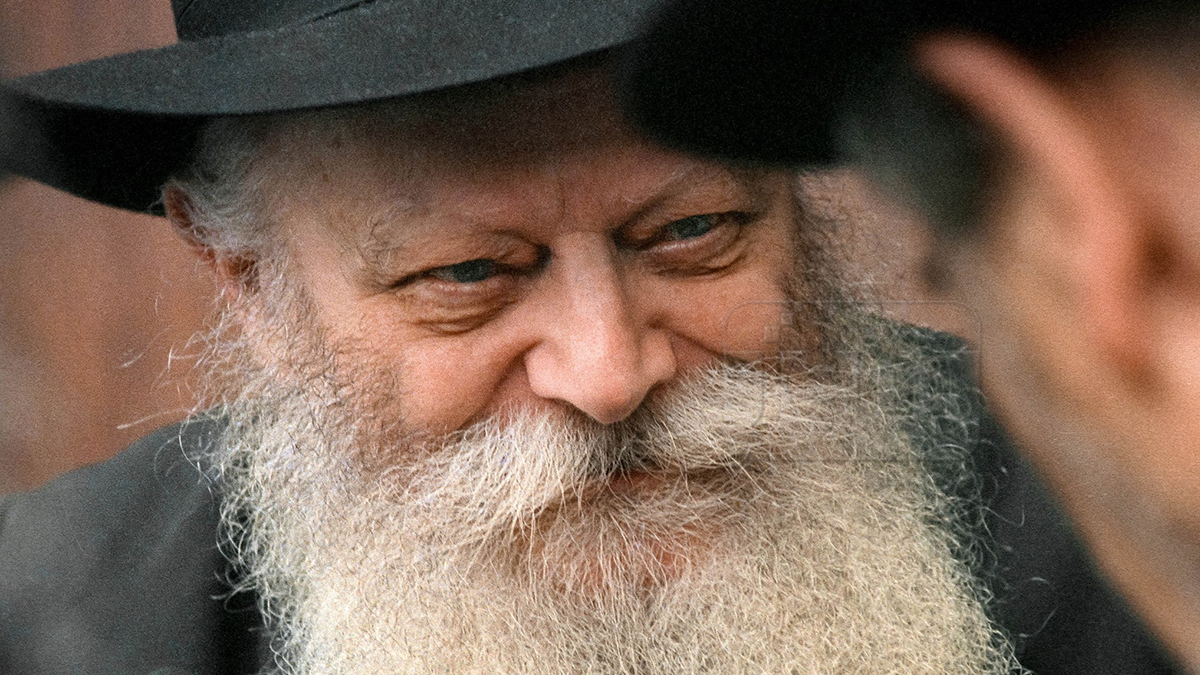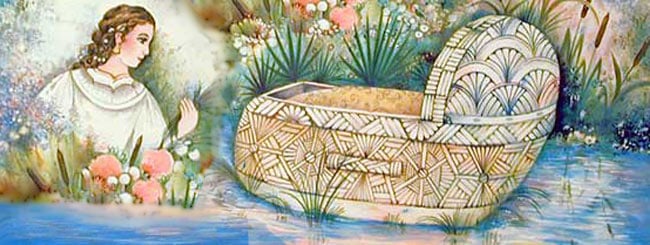Vayera: The Sequoia and the Power of Unity
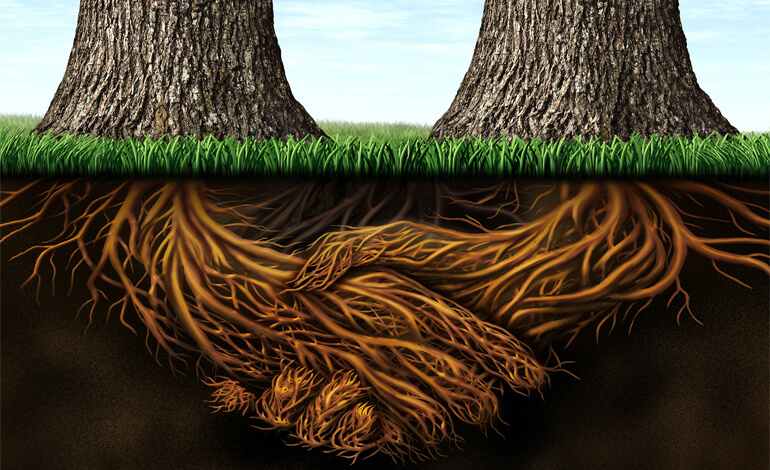
Imagine a giant sequoia, one of the tallest and longest-living trees on the planet, growing in the forests of California. Standing at 120 meters tall and 15 meters in diameter, the sequoia is a marvel of nature. But what’s truly extraordinary about this tree, which can live for thousands of years, is not its size or longevity, but its strength. The key to this strength is not in the individual tree, but in its roots. Each sequoia’s roots intertwine with those of others, forming an impenetrable network that makes the entire forest indestructible. Every tree, while unique and distinct, is deeply connected to the others.
This metaphor of the sequoia is a powerful image for the Jewish people, who find in the Torah the foundation of their unity and resilience. Every Jew, while unique, is bound to others through an invisible force that transcends individual differences. When united and intertwined like the roots of the sequoias, Jews become invincible.
Lot and Ambivalence: The Inner Struggle Between Good and Evil
The Torah, particularly in the parashat Vayera, offers us a fundamental lesson on the meaning of unity and perseverance in times of difficulty. This parashat helps us understand the inner conflict that every Jew may experience when facing life’s challenges. The story of Lot, as described in the Torah, is a powerful reflection on the struggle between good and evil, between salvation and temptation, between the will to walk the righteous path and the lure of earthly matters. Lot, indeed, is the archetype of the divided man: though he knows the right way and has Abraham as a model, Lot cannot free himself from his connection to Sodom, the city in which he finds himself, trapped in a spiral of indecision and ambivalence.
The Torah describes his state of mind with the word "Vayitmama," a term expressing indecision and hesitation. This term is accompanied by a special cantillation (note) called Shalshelet, which represents an intertwining of good and evil, between the will to leave and the desire to stay. The sound of Shalshelet, which appears only four times in the entire Torah, is like the zigzag movement of a chain, a symbol of that inner struggle which is Lot’s true challenge. His roots are divided between two worlds: the desire for salvation by strengthening his union with G-d and his attachment to his position of power, as a judge in the city of Sodom. Though Lot knows he must flee to save himself, his heart remains tied to the city, to his career, to his previous life.
Lot’s ambivalence is heightened by the fact that, as a judge in Sodom, he has seen firsthand the perversion of his people. He was not an innocent man, but rather one who was aware of the injustices around him, someone who tried to defend others, but who was ultimately rejected by his own people: when two angels arrive at his house to save him, Lot welcomes them, but realizes that he is no longer welcome and is no longer treated as a respected man. On the contrary, the very inhabitants of Sodom, who once saw him as a judge, now treat him as a "stranger," a Jew. This is the breaking point for Lot, the moment he understands that his belonging to that land is over. Yet, despite his awareness, Lot hesitates, torn until the last moment about leaving everything he has known behind. His final choice not to look back is an act of strength, but also of pain. Lot made his decision, but reluctantly, for the bond with the past is hard to break, like a chain that holds him back.
This concept of ambivalence is not just a biblical theme but resonates deeply in our contemporary reality. Just as Lot was torn between his old life and the need to save himself, today many Jews find themselves between two worlds: that of tradition and that of a diaspora that often rejects them. Anti-Semitism, unfortunately, remains a powerful reality, as evidenced by the pogrom in Amsterdam on November 8, when organized groups launched a true hunt against Jews. Like Lot, many Jews feel divided between the security of a life that does not accept them and the awareness that true security lies only in the bond with the Torah, faith, and the return to Jerusalem.
The Power of Unity and Trust in G-d
In this context, as Jews, we are called to find our strength. The lesson we can draw from Lot’s story is that even when we are divided internally, even when the external world rejects us and makes us feel like strangers, the Torah and mitzvot are our true home. The bond with G-d, who protects and guides us, is the only way to weather the storm. Just as the sequoia grows strong and upright despite the storms, we too can face life’s challenges with strength if we remain rooted in our faith.
In these moments of uncertainty and fear, when we are called
Article derived from a lesson by Rav Michi Nazrolai. For further insights: WATCH THE VIDEO LESSON





